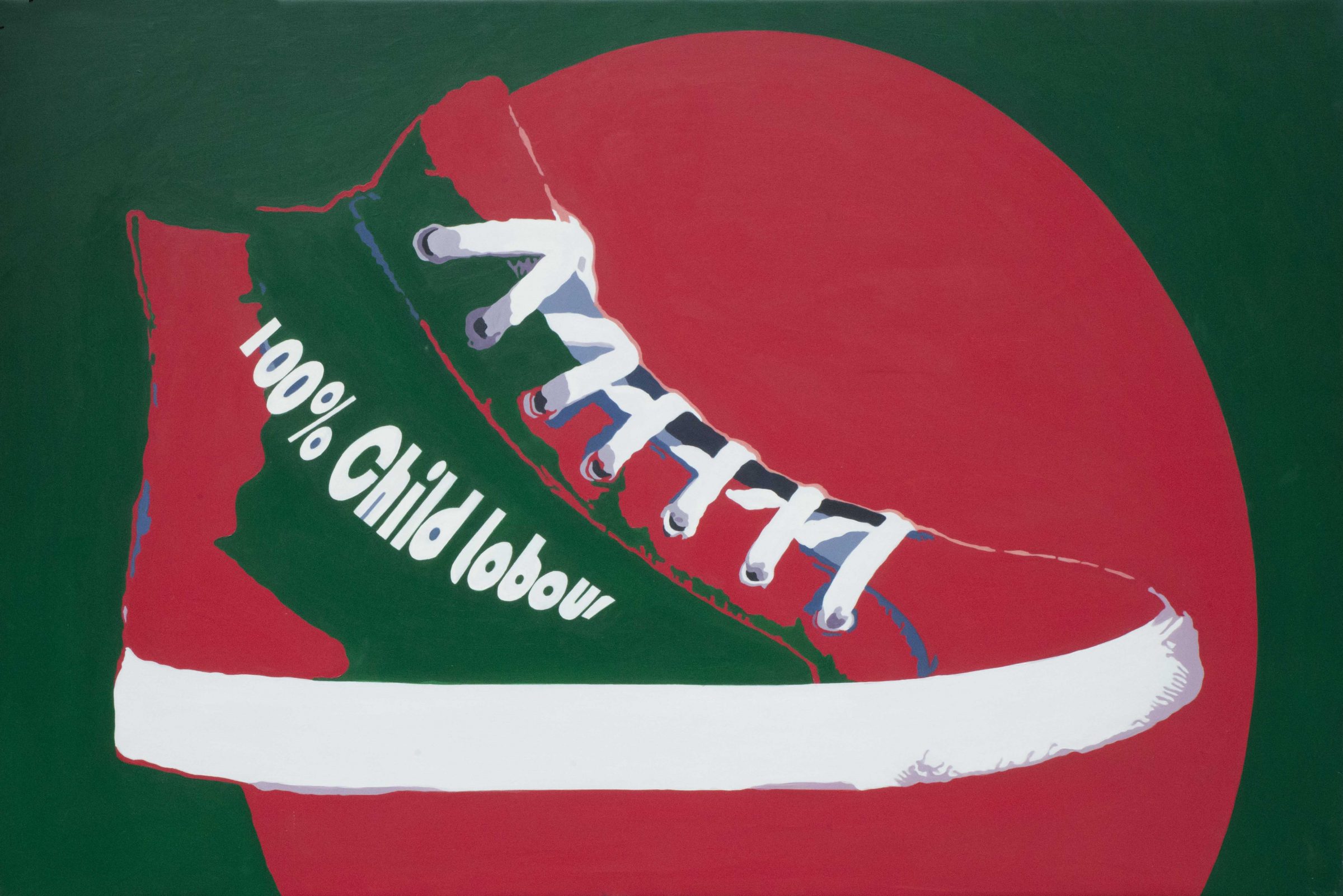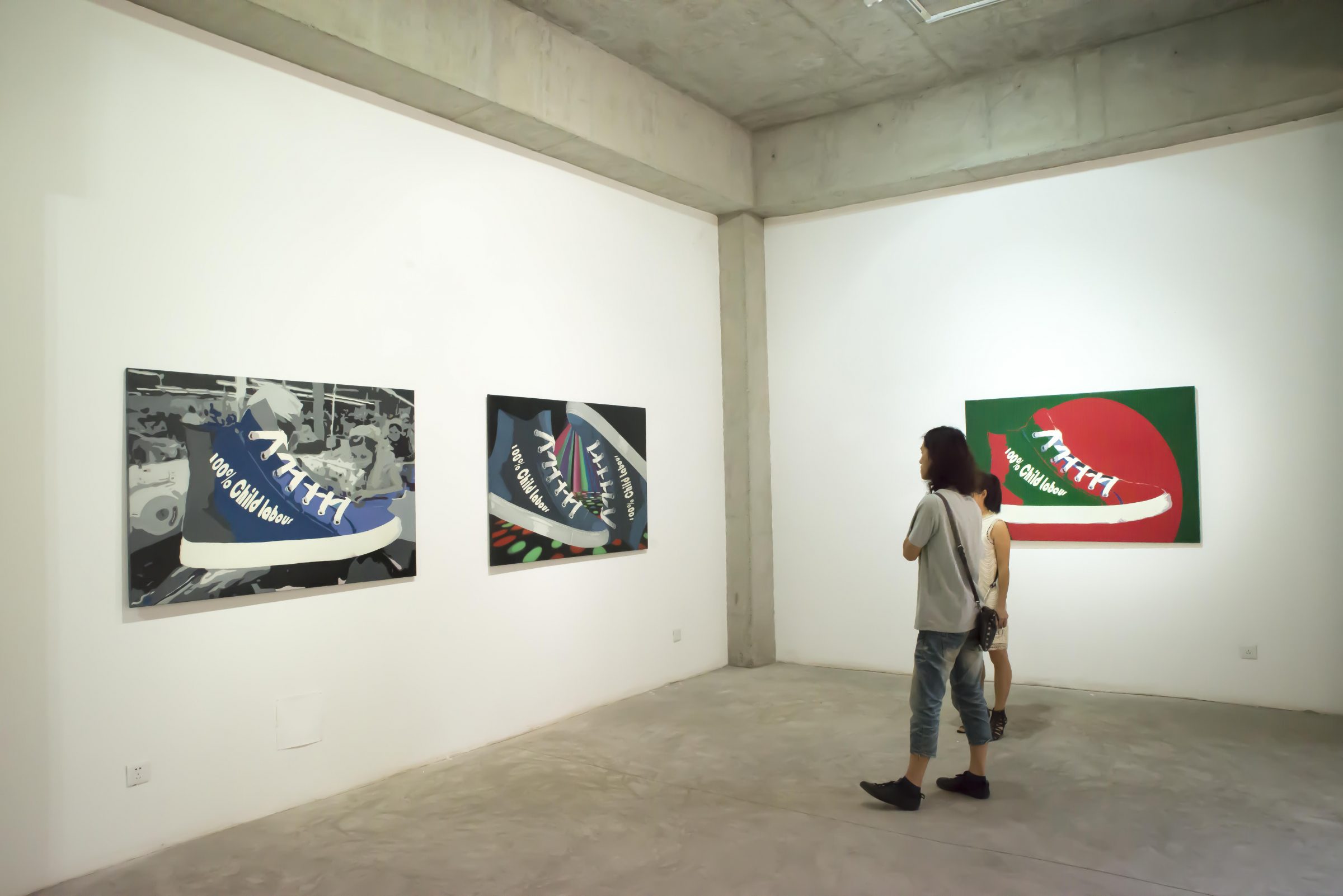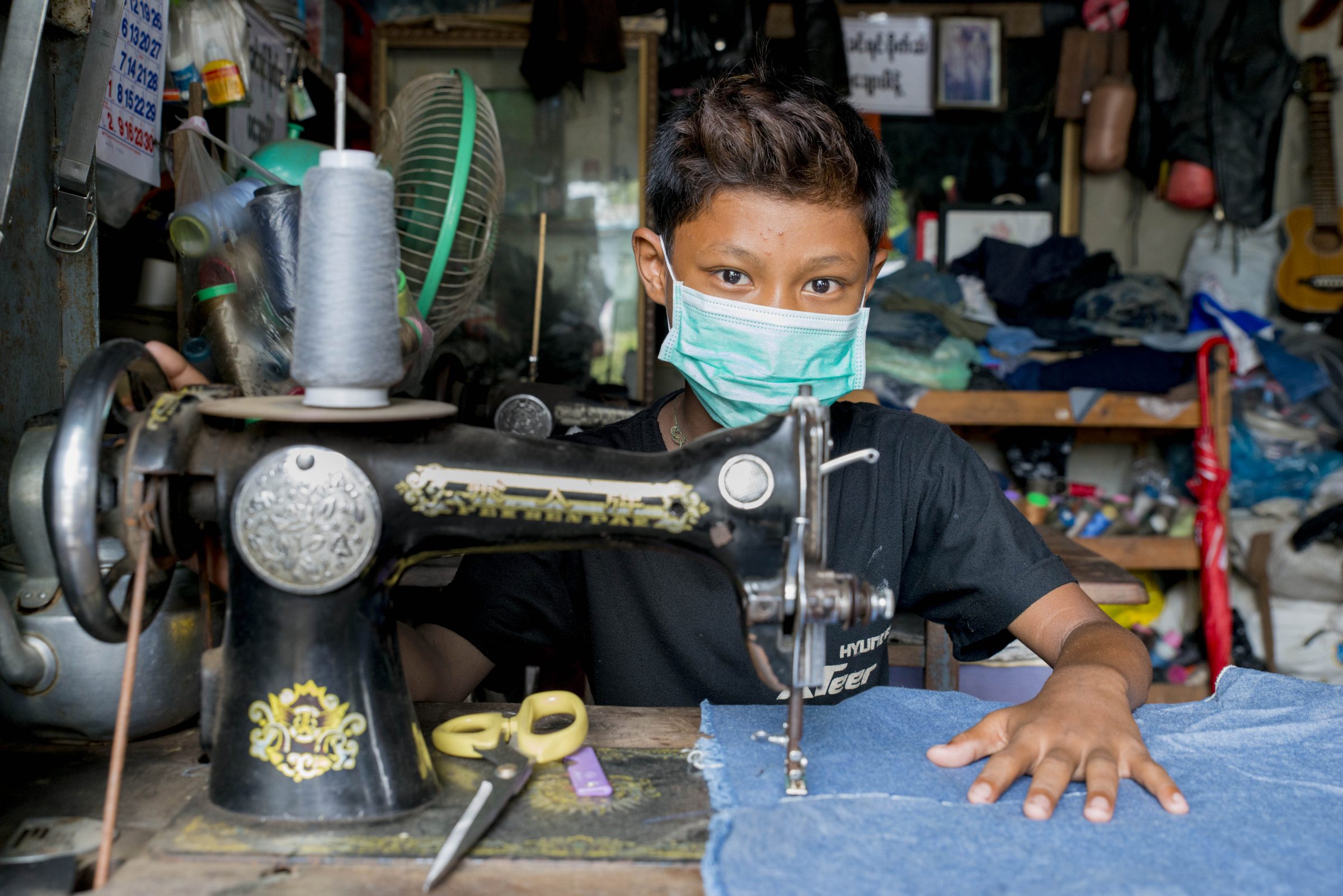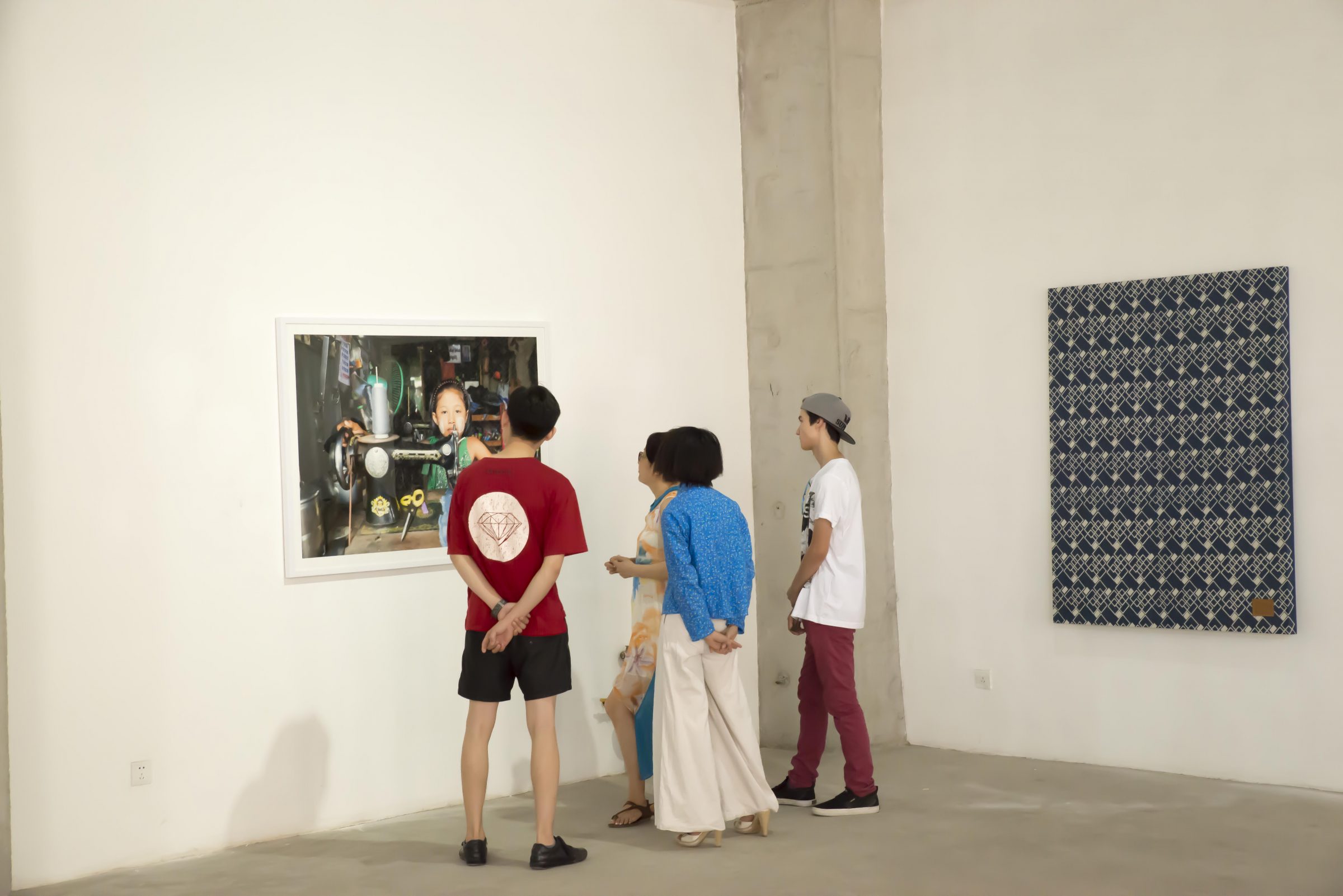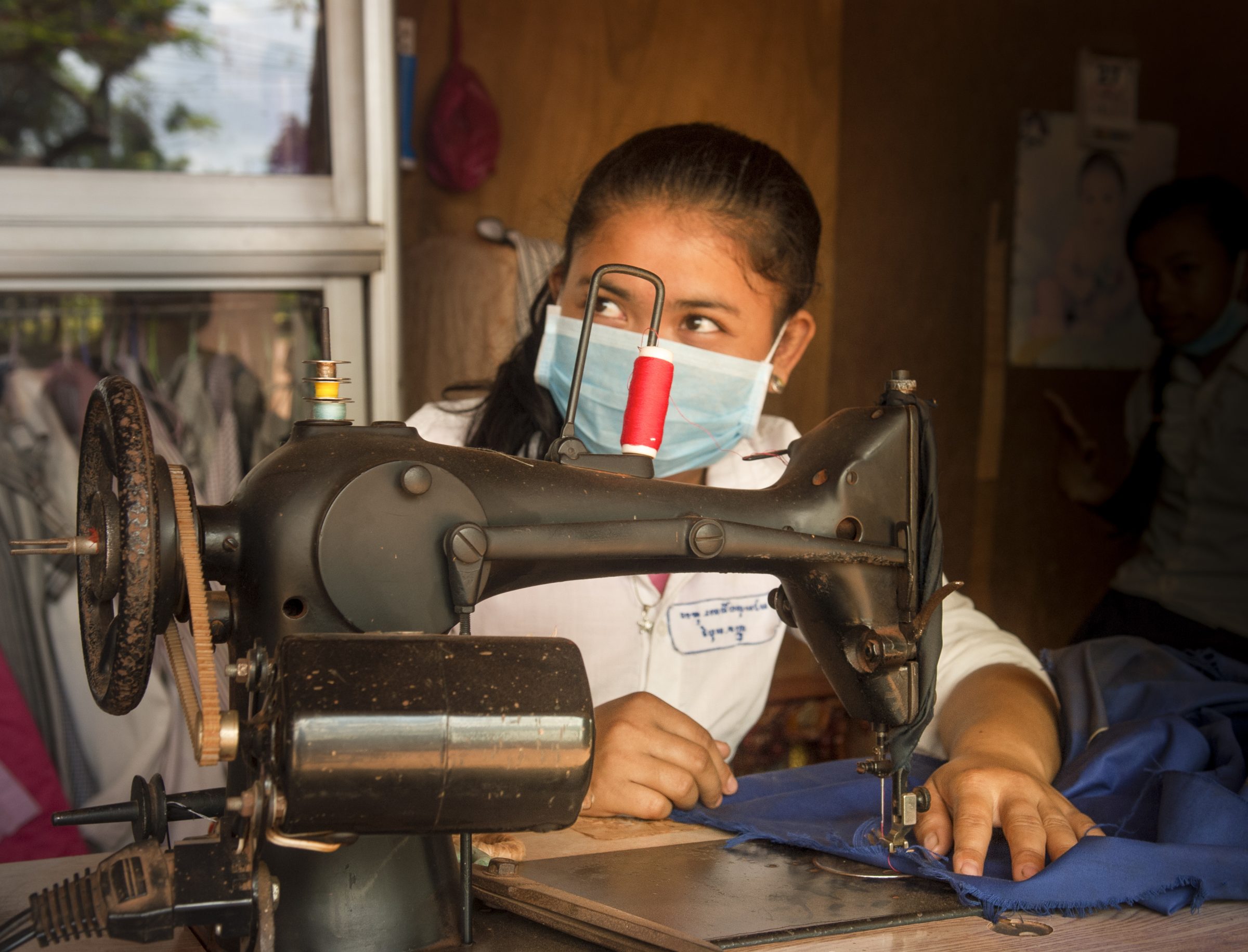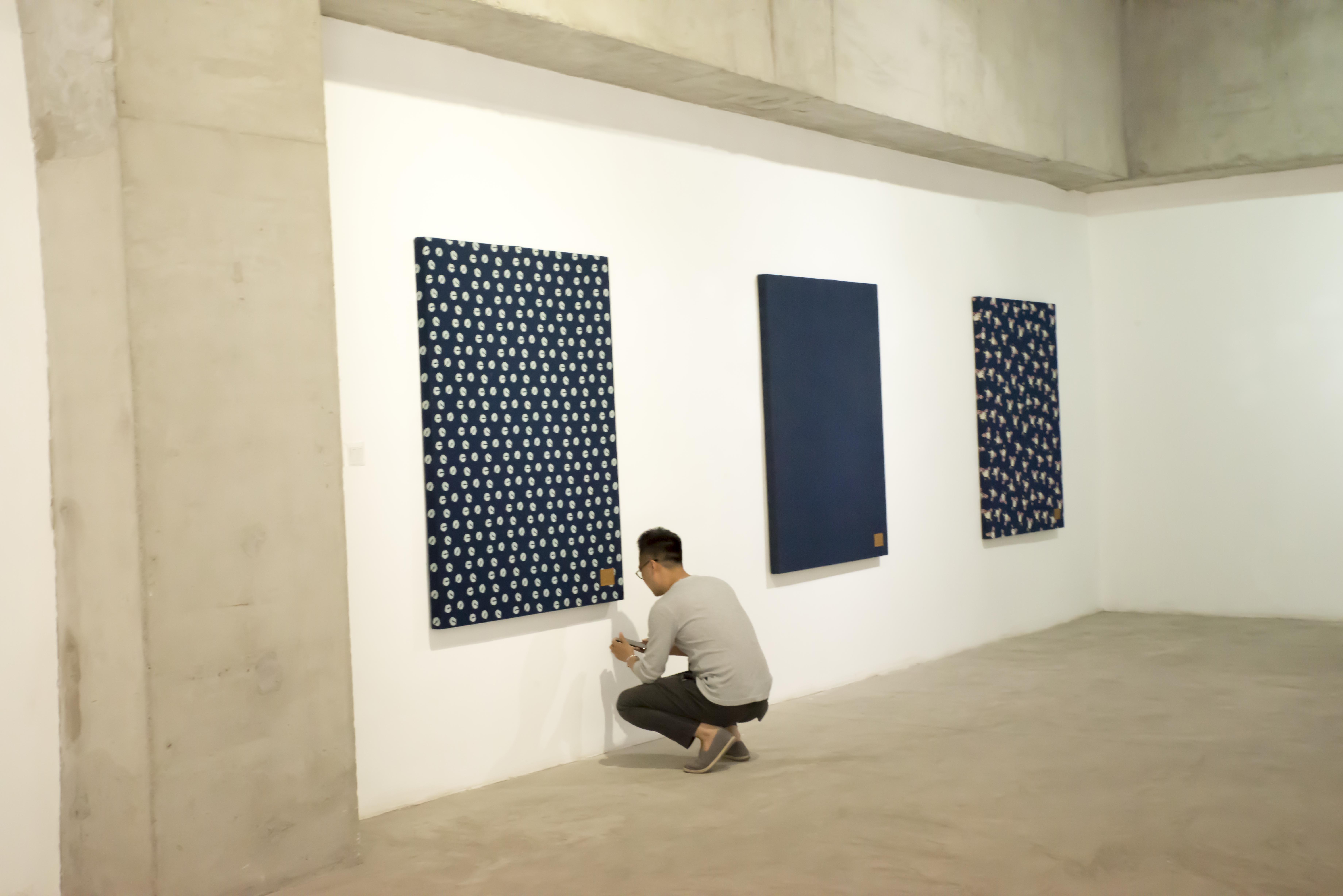
Ministry of Finance, The Hague, The Netherlands




100% Child Labour, Paper Pulp Sculpture, Ministry of Finance, The Hague, The Netherlands

100% Child Labour, Jeans on canvas, Ministry of Finance, The Hague, The Netherlands


Mirror Mirror, Acrylic Mirror, 200 x 150 cm (several editions, several sizes)



Ministry of Finance, The Hague, The Netherlands

Ego Ego Ego, Acrylic Mirror

Ego Ego Ego, Acrylic Mirror

In his new series of works Nederhoed want to tell the truth behind the global brands. Nederhoed is doing this by creating new trendy clothing brands “100% Child Labour” and “100 % Slave Labour” to confront the Western consumer to the world of slavery behind the glamorous facade of luxury brands.
Nederhoed works with painting, photograph and installations. With cynical realistic works, signifying his critical approach, the artist confronts the viewer with the contradictions in the contemporary globalized world, while at the same time give them a mirror.
Nederhoed is one individual who strives to peel back the many layers of society, and reconfigures them in ways that simultaneously shock, provoke, and confront viewers own behaviour. The artist integrates the language of mass marketing and the concept of contemporary slavery in a new brand symbolism. In “100% Child Labour” nr. 1, we see a contemporary sneaker painted in the colors of the flag of Bangladesh. While the vibrancy of the red and greens hues and the deft handling of paint may be seductively beautiful, the overall effect is ominous and even claustrophobic; the miasma easily overwhelms the viewer.
100% Child Labour and 100% Slave labour draws attention to contemporary consumer society, saturated with glossy icons of global brands, not knowing or unwilling to turn around and see the misery of the oppressed. Behind the world of glamouras facade is a complex story of abuse, destituition and desperation, side effects of globalisation, the human costs of mass consumption culture.
Nederhoed’s work reflects the helplessness of the contemporary slaves. Fate has pushed these bottom-rung workers to dangerous extremes, and all they can manage to do is to work, eat and sleep.
Nederhoed use the devices of global brand propaganda to enhance mass media aesthetics and its conflicting message to draw from the associated issues of power, exploitation and vulnerability to create images of emotive discord. The brand name on his sneakers are in the same iconographic cool style that well-known global brands use to entice their customers to acquire personality and status. In contrast to these global brands, 100% Slave Labour and 100% Child Labour Slave Labour don’t offer ego-gratification, but have an ego-confrontation goal. The sneakers in Nederhoed’s work therefore represent not only a dead mass product, but in fact depict the contemporary mass – consumer whose individuality and soul have been lost. The “phoniness” in our consumption world has roots in the phoniness of our heart. By recontextualising the way glamorous global brands are represented and perceived, Nederhoed wants to tell the truth and strives to convey the human condition, with all its weaknesses and indignities, as a duplicitous victimization of oppressed and oppressor.
Nederhoed plays with symbolism and his works can be seen as larger methapors of the values he wishes to communicate to a discerning society, or the lack of such values that Nederhoed is highlighting. 100% Child Labour contains elements of cynism, mockery and is filled with rigour and life, but goes beyond that. Rather it’s a forceful visual impact. The artists’s collection of works have a transformative impact on the viewer, challenging their perspective and reevaluating how they interact with their environment.
And thus, just like a mirror, the work invites you to look at yourself. According to Nederhoed the purpose of art is to learn how to look, not only to the works, but to your own soul. Getting an ultimate emotion and a quest for the right balance and personal probity. In this sense, Nederhoed’s artistic enquiry of the truth behind the contemporary welfare society doesn’t mean to use art as a means to relentlessly search for the truth in the outside world. Perhaps the right way is to just turn around to review and reflect on our inner life. Possibly if individuals are encouraged to take an objective and critical look at themselves and the different layers of their society, it leads to a more intelligent, fair and thoughtful world.


